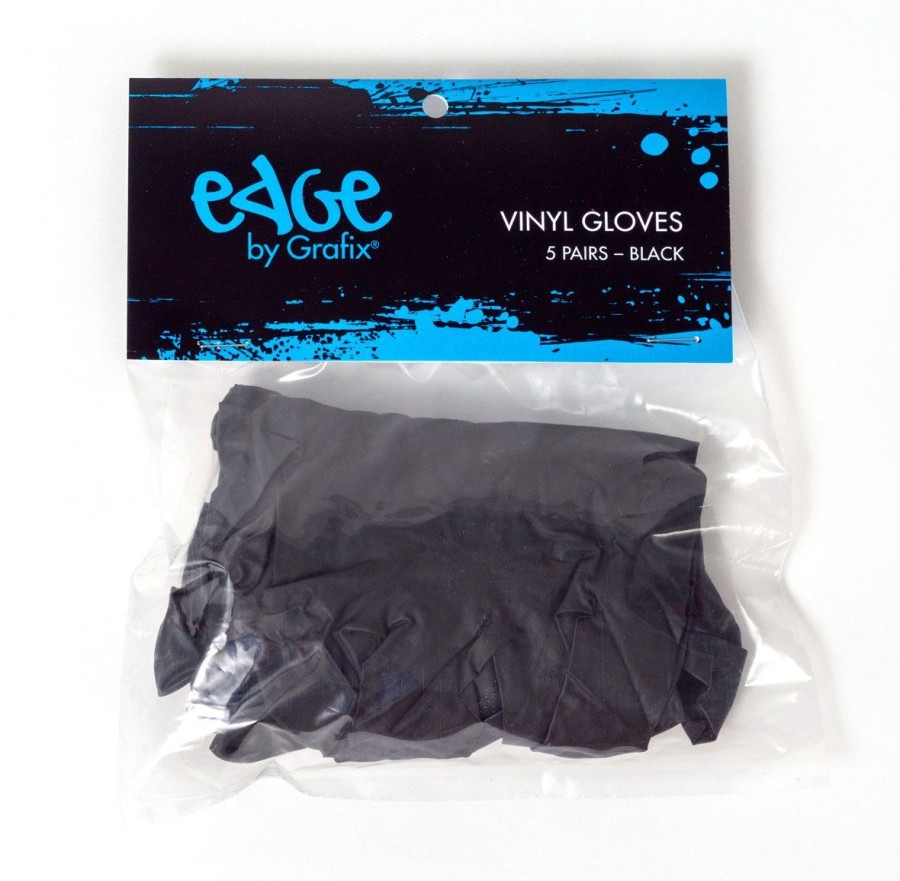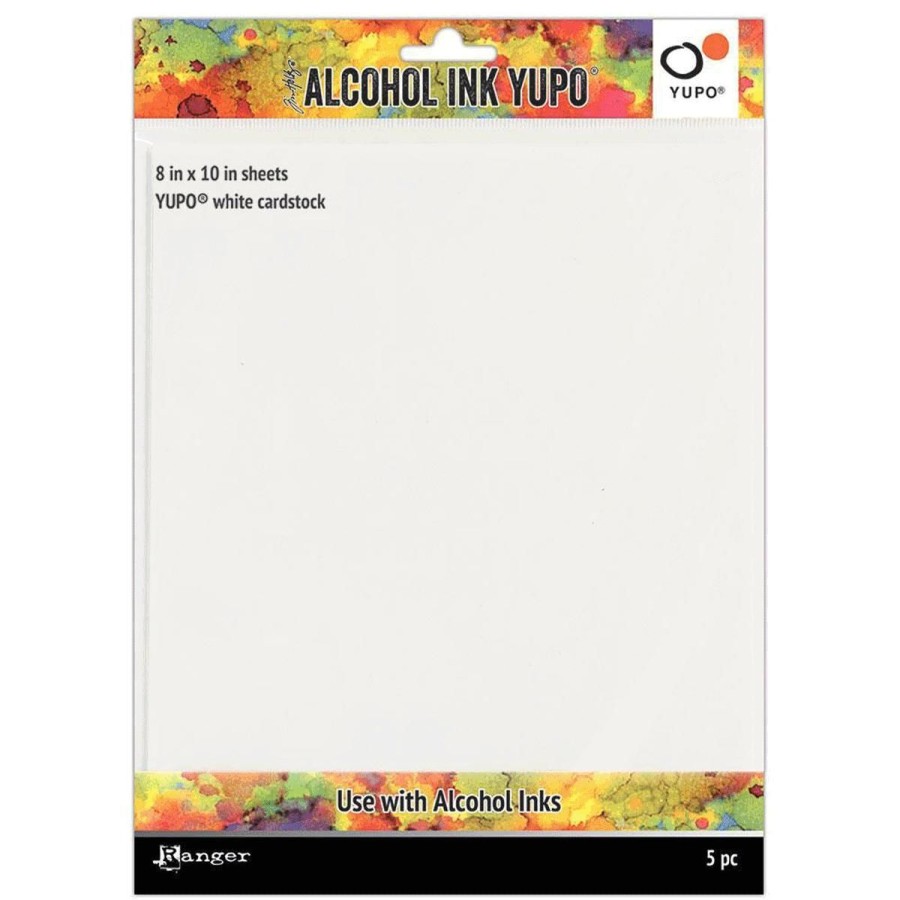Paint & Brushes Gamblin Oil Paint Products | Gamblin Artitst’S Oil Color – Titanium Zinc White, 250 Ml (8Oz)
$93.21 $59.65
Paint & Brushes Gamblin Oil Paint Products | Gamblin Artitst’S Oil Color – Titanium Zinc White, 250 Ml (8Oz)

Gamblin Artist’S Oils – Titanium Dioxide, Zinc Oxide (Pw 6, Pw 4)
Zinc White: Most Good All-Purpose Oil Painting White. An Excellent Mixing White, T-Z White Combines The Soft Texture And Opacity Titanium Of Titanium With The Creamy Transparency Of Zinc For Less “Chalky” Mixtures. Consider Using T-Z White For Colour-Mixing Because It Takes So Much Colour To Tint Titanium.
Pigment Composition And Permanence:
Pigment Name: Pw4-Zinc White (Zinc(Ii)-Oxide)
Pigment Type: Inorganic
Properties
Zinc White Is The Coolest White And Has A Cold, Clean Masstone And A Slightly Bluish Tint. It Has Less Hiding Power And Is More Transparent Than Other Whites. It Dries Slowly And Is Suitable For Painting Wet Into Wet, Glazing, And Scumbling.
Zinc White Is Neither As Opaque Nor Heavy As Lead White; Its Covering Power Is Not As Good, And It Takes Much Longer To Dry. However, It Does Not Blacken When Exposed To Sulphur In The Air As Lead White Does.
It Is Precious For Making Tints With Other Colours. Unmixed Zinc White Dries To A Brittle And Dry Paint Film That May Crack Over The Years, So It Is Unsuitable For Frescoing.
It Is More Transparent In Acrylic Form Than Titanium White And Is The Most Commonly Used White With Gouache.
Chinese White Is A Version Of Zinc White Appropriate For Opaque Watercolour Techniques.
Permanence
Zinc White Has Excellent Permanence And Lightfastness.
Toxicity
Zinc White Is Moderately Toxic If Ingested And Slightly Toxic If Inhaled.
History
Though Historians Are Divided On Who First Isolated The Element Zinc, They Agree That It Was First Suggested As A White Pigment In 1782. Zinc White Was Accepted As A Watercolour In 1834 And Was Called Chinese White Due To The Popularity Of Oriental Porcelain In Europe At The Time.
Ten Years Later, A Suitable Oil Form Was Produced. By The Early 20Th Century, It Had Improved To The Point Where It Was An Acceptable Alternative To Flake White.
2Nd Pigment Composition And Permanence:
Pigment Name: Pw6-Titanium White
Pigment Type: Inorganic
Properties
Titanium White Is The Most Brilliant Of The White Pigments. It Is Considered An All-Purpose Oil Colour Useful In All Techniques And The Best All-Around White. Its Masstone Is Neither Warm Nor Cool, Placing It Somewhere Between Lead White And Zinc White.
It Is Less Prone To Cracking And Yellowing Than Lead White, But It Still Yellows Easily.
Titanium White Dries Slowly In Oil Form, More Slowly Than Lead White But More Quickly Than Zinc White. It Is Opaque In Oil And Acrylic Forms And Semi-Opaque In Watercolour Form.
This Pigment Has Good Chemical Stability, And Its Tinting Strength Is Superior To Both Lead White And Zinc White.
Permanence
Titanium White Has Excellent Permanence And Lightfastness.
Toxicity
Titanium Dioxide Is Highly Stable And Is Regarded As Completely Non-Toxic. Animal Studies Do Not Indicate That It Is Absorbed Biologically, Even After Long Periods Of Exposure. The Primary Safety Concern Is With The Inhalation Of Fine Pigment Dust Particles.
History
Titanium Is The Ninth Most Abundant Element In The Earth’S Crust. However, Mineral Deposits That Are Economical To Mine Are Less Common. Titanium Dioxide Was First Discovered In 1821, Although It Could Not Be Mass-Produced Until 1919. Widespread Use Of The Pigment Began In The 1940S.
Since That Time, It Has Become The Most Commonly Used White Pigment. The Name Comes From The Latin Word Titan, The Name For The Elder Brother Of Kronos And Ancestor Of The Titans, And The Greek Word Tito, Meaning Day Or Sun.</P
Be the first to review “Paint & Brushes Gamblin Oil Paint Products | Gamblin Artitst’S Oil Color – Titanium Zinc White, 250 Ml (8Oz)” Cancel reply
Related products
Art Accessories | Painting Tools
Paint & Brushes Grafix Grafix Painting Accessories | Tools | Grafix Edge Vinyl Gloves, Black 10-Pack
Inks | Calligraphy | Sticks | Sets
Inks | Calligraphy | Sticks | Sets
Krylon Varnish | Uv Coating | Fixatif
Paint & Brushes
Inks | Calligraphy | Sticks | Sets
Inks | Calligraphy | Sticks | Sets
Paint & Brushes Ranger Ranger Inks | Sets | Accessories | Tim Holtz Distress Resist Spray 1.9 Oz
















Reviews
There are no reviews yet.